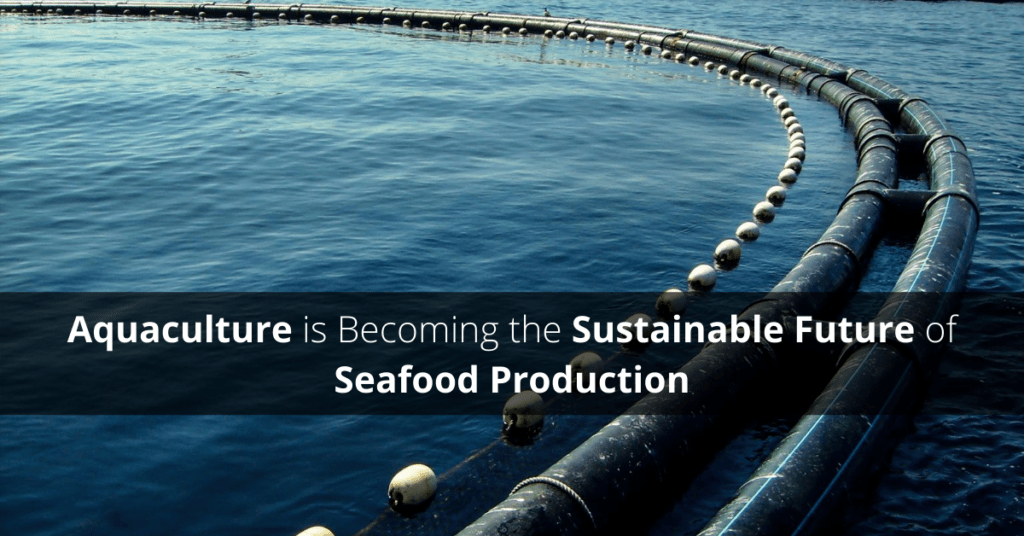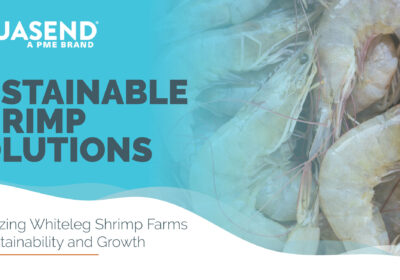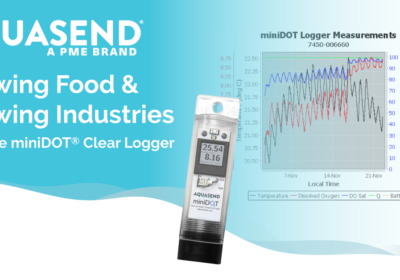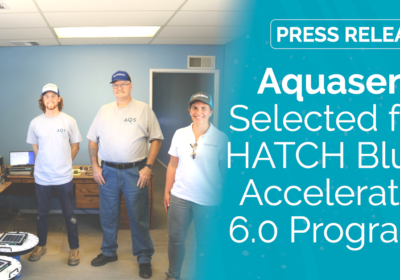Aquaculture is Becoming the Sustainable Future of Seafood Production

The amount of seafood consumed each year is continually increasing while the amount of wild-caught seafood remains the same due to overfished populations and fishing regulations. Aquaculture has been rising to fill the gap and many farms are taking strides to deploy environmentally friendly and sustainable practices.
Aquaculture Practices and Sustainability
Farm-raised seafood (aquaculture) has been subject to some questionable practices in the past. There have been issues of coastal habitat destruction, waterway pollution, and escaped invasive species. However, many farmers have found ways to negate these effects by using closed circuit systems or natural ways of waste removal. The three most common types of aqua farming are tank systems, pond systems, and marine pens (also called net-pens).
Tank Systems
Tank systems are indoor interconnected tanks for raising certain types of seafood. The water recirculates through all connected tanks and, because of a water filtration or treatment system, can be reused up to 1,000 times. This type of aquaculture consumes the most energy, but the carbon footprint can be offset since the distance from farm to table is often decreased.
Pond Systems
Pond systems started with ponds that were meant to be connected to rivers or coasts for easy access to fresh water. Most modern pond systems however are now self-contained to reduce pollution and escaped fish. Recirculating pond systems allow farmers to reuse water while filtration and treatment systems, as well as adjacent treatment or settlement ponds, remove waste from the fishponds while keeping it contained and out of natural water systems. The ponds can be fresh or saltwater so a larger variety of species can be farmed.
Marine Pen Systems
Marine pen systems use cages (or “nets”) made of wire, nylon, or other synthetic materials to corral fish in the ocean. These farms are often established in places with strong currents and rocky, rather than sandy, bottoms to allow for easier waste removal and dispersing. Salmon raised in these systems are susceptible to sea lice just as they would be in the wild. To solve this problem, aqua farmers usually use lumpsuckers, which are small fish that eat the sea lice off of salmon. Sometimes warm water baths and lasers are even used to remove sea lice. The use of these methods results in fewer pesticides being deployed in marine pens. On top of sea lice removal, farmers are vaccinating their fish and breeding them for better disease resistance. Using natural resources like lumpsuckers rather than pesticides dramatically decreases the pollution and negative environmental impacts of marine pen systems.
The sustainable farming practices of aquaculture could be the answer to overfishing and the gap in seafood production versus consumption. Aqua farms have also been used to raise fish that are then released into the wild to replenish dwindling natural species.
Aquasend and Aquaculture
Aquasend is committed to aiding the aquaculture industry in becoming more sustainable and self-sufficient. Aqua farmers have used products like our Aquasend BeaconTM to test aerator efficiency, alert them instantly when there’s a sudden change in Dissolved Oxygen (DO) or temperature, and research or monitor ideal DO levels and temperatures for various fish species. The Beacon is anti-fouling, mesh networked, and uses optical technology. The Beacon then takes sustainability a step further by being solar-powered, only using batteries as a back-up energy source.
Aquaculture is the future of the sustainable seafood industry and modern monitoring technology like the Aquasend Beacon will help farmers maintain control and profitability of their farms while giving aquaculture a breath of fresh air. Join our progress towards sustainability and protect your bottom line by ordering your Aquasend Beacon today.


